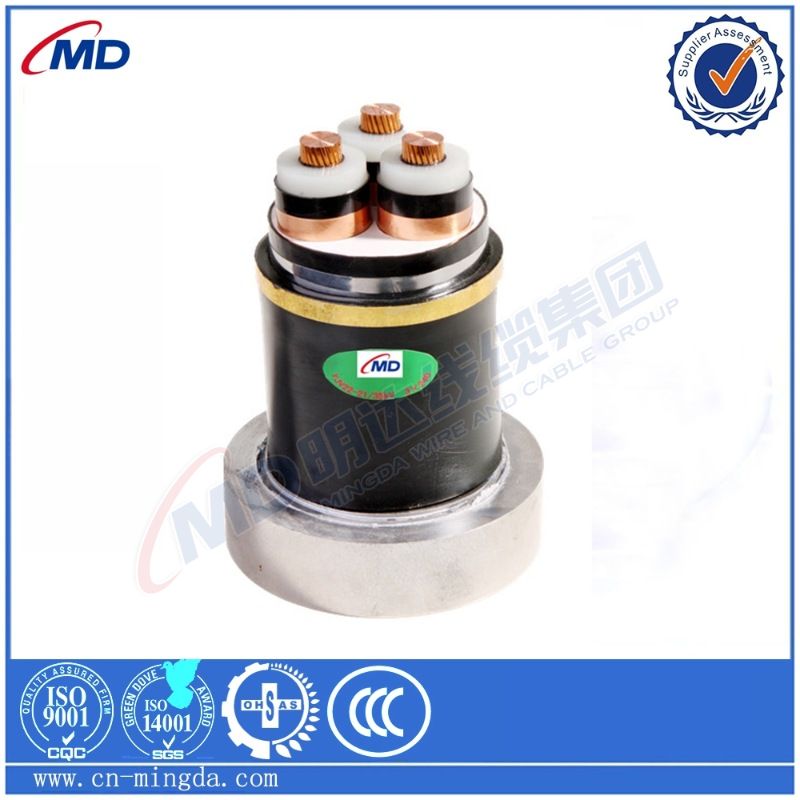10 月 . 12, 2024 05:45 Back to list
flanged butterfly valve
Understanding Flanged Butterfly Valves Design, Applications, and Benefits
Flanged butterfly valves are integral components in various industries, known for their efficient flow control and versatile applications. A butterfly valve, characterized by a rotating disc that regulates flow, operates on the simple yet effective principle of rotation. The flanged design provides compatibility with pipe connections, ensuring a reliable and leak-proof fit.
Design Features of Flanged Butterfly Valves
The primary components of a flanged butterfly valve include the body, disc, seat, stem, and actuator. The body is usually constructed from materials such as cast iron, stainless steel, or plastic, depending on the application and medium conveyed. The disc is pivoted on a shaft and can rotate 90 degrees to open or close the valve. The seat, typically made from elastomeric materials, provides a tight seal to prevent leakage when the valve is closed.
Flanged butterfly valves are distinguished by their flange connections, which are integral to their design. The flanges provide a robust means of joining the valve to pipeline systems, allowing for easy installation and maintenance. The standard bolt holes on the flanges enable secure attachment to pipes, ensuring integrity and strength under various operating conditions.
Applications Across Industries
Flanged butterfly valves find applications in numerous industries, including water treatment, chemical processing, food and beverage, oil and gas, and HVAC systems. Their ability to handle large volumes while maintaining low-pressure drops makes them ideal for systems that require efficient flow control.
In the water treatment industry, flanged butterfly valves are used to control the flow of water in distribution systems, treatment plants, and storage tanks. They can manage the flow of even highly corrosive substances, making them suitable for chemical processing facilities. In the food and beverage sector, these valves are employed to regulate processes involving liquids, ensuring hygiene and compliance with industry standards.
flanged butterfly valve

The oil and gas industry benefits from the robust construction and reliable performance of flanged butterfly valves, especially in pipeline applications
. HVAC systems incorporate these valves to control airflow, providing energy efficiency while maintaining thermal comfort in indoor environments.Advantages of Flanged Butterfly Valves
One of the primary benefits of flanged butterfly valves is their compact design, which allows for significant space savings compared to other valve types, such as gate valves or globe valves. This is particularly advantageous in environments where space is limited.
In addition to space efficiency, flanged butterfly valves are lightweight, making them easy to install and handle. Their design minimizes pressure loss, contributing to energy savings in the long run. Furthermore, they can be operated manually or automatically, offering flexibility in controlling flow rates as needed.
Another significant advantage is the low maintenance requirement of flanged butterfly valves. With fewer moving parts and a simple mechanism, they are less likely to become clogged or fail, leading to reduced downtime and maintenance costs. Their durability also ensures a long service life, making them a cost-effective choice for many operations.
Conclusion
Flanged butterfly valves are crucial for effective fluid control in various industrial applications. Their design offers many advantages, including space efficiency, low maintenance, and robust performance. As industries continue to evolve and seek more efficient flow control solutions, flanged butterfly valves will undoubtedly remain a staple in engineering practices, facilitating smooth and reliable operations across diverse environments. Whether in water treatment facilities, chemical plants, or HVAC systems, the role of these valves is indispensable, setting standards for reliability and efficiency in fluid handling.
Share
-
Understanding the Differences Between Wafer Type Butterfly Valve and Lugged Butterfly ValveNewsOct.25,2024
-
The Efficiency of Wafer Type Butterfly Valve and Lugged Butterfly ValveNewsOct.25,2024
-
The Ultimate Guide to Industrial Swing Check Valve: Performance, Installation, and MaintenanceNewsOct.25,2024
-
Superior Performance with Industrial Swing Check Valve: The Essential Valve for Any SystemNewsOct.25,2024
-
Industrial Swing Check Valve: The Ideal Solution for Flow ControlNewsOct.25,2024
-
You Need to Know About Industrial Swing Check Valve: Functionality, Scope, and PerformanceNewsOct.25,2024